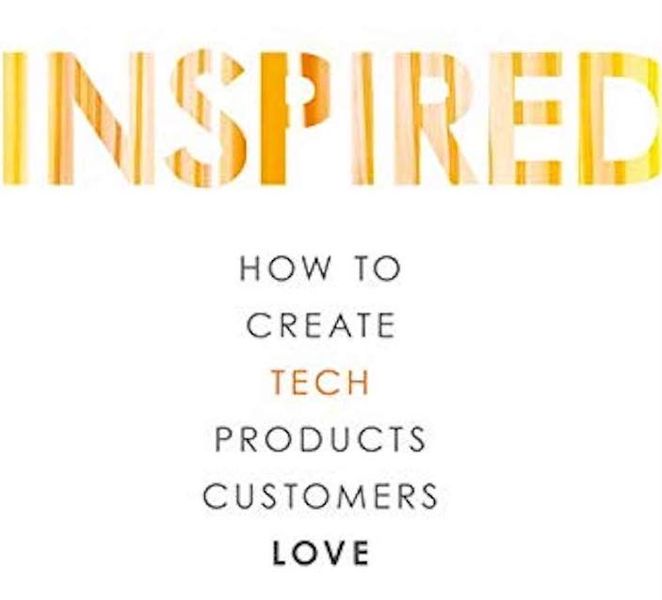
This week’s selection is “INSPIRED: How to Create Tech Products Customers Love” by Marty Cagan.
Let’s face it: anyone with a 3D printer is likely a creative person who uses the machine to make things. That’s almost literally the purpose of the device. Many of you will be using 3D printing to produce a possible product for future sale.
It is most likely through iterative prototyping, 3D printing sample after sample to get the product just right before it’s sent out for proper mass manufacturing. In some other cases, perhaps the 3D prints are the final product, but that usually requires special 3D printers — or special customers.
The problem here is that a product does not a business make. You can have the best possible product, but if you screw up things in other required dimensions, you’ll fail anyway.
What are those other dimensions a product maker needs to attend to? In this book Marty Cagan provides sage advice on the basics of creating great products.
Surprisingly, much of what he says isn’t about the product itself.
Cagan begins by exploring the successes of “top tech companies”, which is probably a good place to start. Successes happen for reasons, and Cagan has multiple examples. He looks at startups, technologies, innovation culture, processes and more. One chapter looks at the root causes of product failures.
Cagan then breaks down the required items into the four basic elements of any successful operation: people, product, process and culture.
For “people”, Cagan reviews not only the typical roles required in a product development scenario, but also how each relate to each other. It’s not just leadership that’s required, either, as there are many supporting roles.
Cagan’s view of “The Right Product” explains how to prepare product roadmaps and alternative mechanisms, as well as establishing a vision and detailed objectives for development. A theme carrying through many of the book’s section is how to do all these things at scale, which is the goal of most projects.
Part IV of the book looks at the necessary processes for success, which essentially walk you through the steps required to go from idea to product completion. These include discovery techniques, such as framing the opportunity, to planning how to execute. Cagan explains the concepts of ideation and prototyping, and finally testing methods that will ensure the product is truly correct.
If you’re considering building a product using 3D printing, it is important to review this book. It will explain many aspects of running a business that I unfortunately don’t often see in tech-focused startups. Even a small operation could benefit, as you don’t need a new hire to fill every described role; it’s simply that someone needs to take responsibility for all actions required.
We’re an Amazon Associate and earn a small fee from qualifying purchases. Help support our 3D print news service by checking out this book!
Via Amazon
